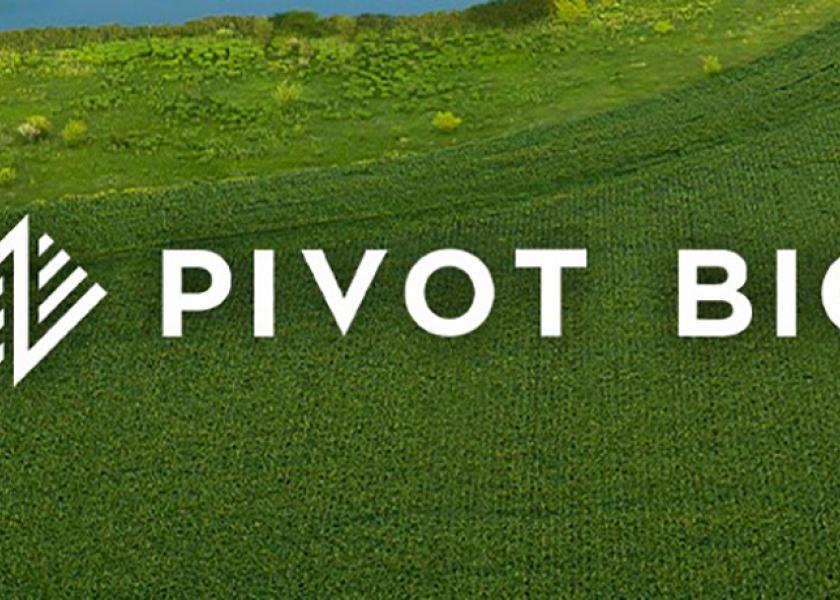Pivot Bio’s Sustainabilty Program Pays Farmers $6 Million Over Two Years

Since its launch in 2022, Pivot Bio’s N-OVATOR program has paid farmer participants more than $6 million. The program is structured so farmer users of Pivot Bio Proven 40 can participate in annual carbon insetting partnerships as a result of their change in practice.
The company says this has resulted in replacing more than 10 million pounds of synthetic fertilizer due to the use of Proven 40, which claims to replace up to 25% of a farmers total nitrogen needs.
N-OVATOR partners include consumer packaged goods companies, ingredient suppliers, spirit producers and grain buyers.
“The size and scope of N-OVATOR’s partnerships represent a major shift in how companies are investing in sustainable agriculture,” said Karsten Temme, chief innovation officer of Pivot Bio. “By partnering directly with growers in their supply sheds, companies are taking impactful steps to improve their environmental footprint while reducing their Scope 3 emissions.”
The largest transaction in this program was the sale of 100,000 nitrogen credits representing the avoidance of 100,000 metric tons of CO2e by 450 farmers across 300,000 acres.
“By providing growers with a tool to measure the impact of their nitrogen management practices and serving as a bridge to companies that want to partner with them directly, we’re creating a new, low-risk revenue stream for our customers, while delivering a scalable solution to companies with ambitious climate objectives,” Temme said.
The program’s 2023 totals are still being tallied. Pivot Bio shares in 2022, the program included use of Proven 40 on 725,000 acres resulting in the avoidance of more than 80,000 metric tons of CO2 equivalent. Enrollment for partners in 2024 is open.







